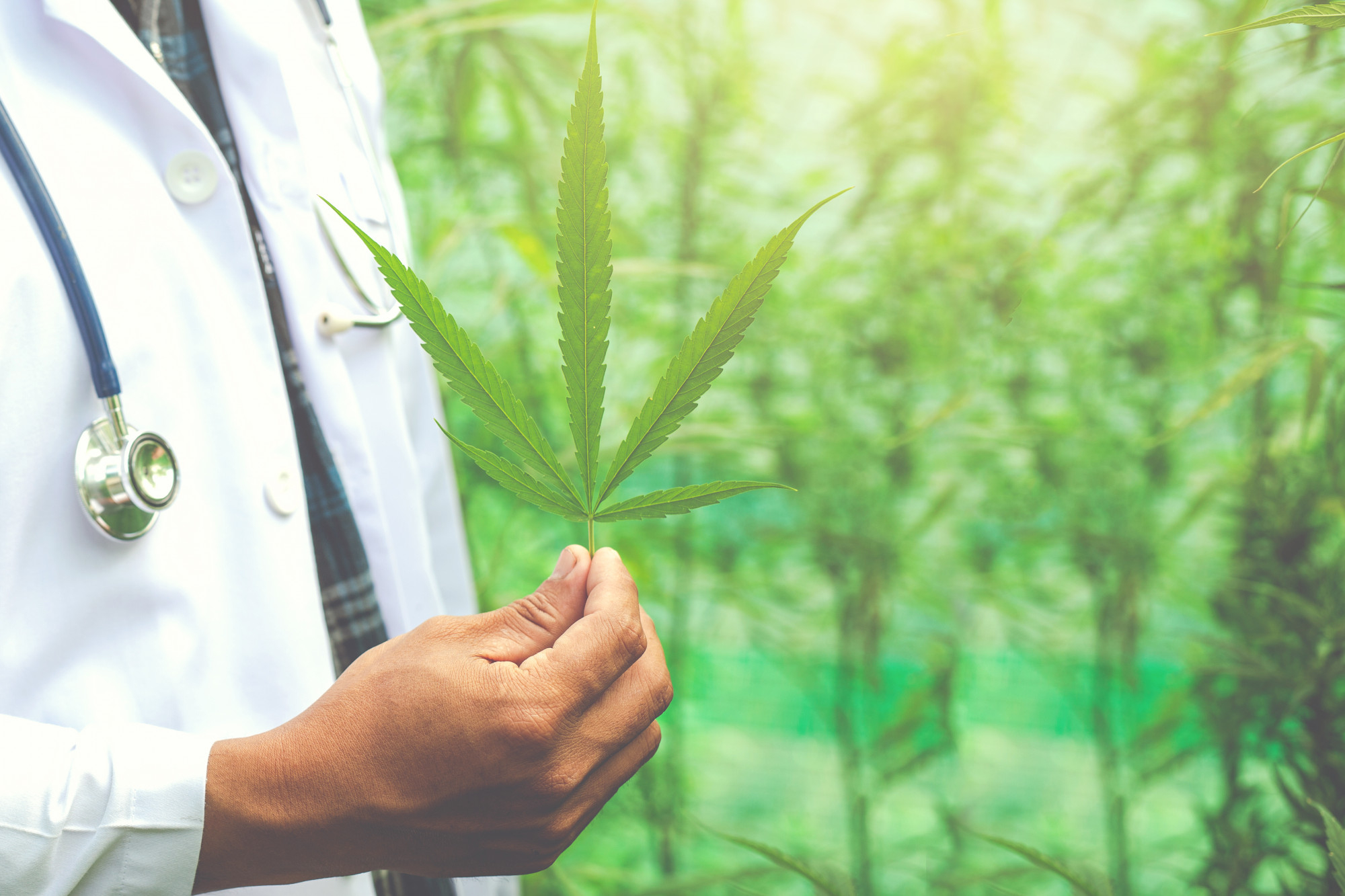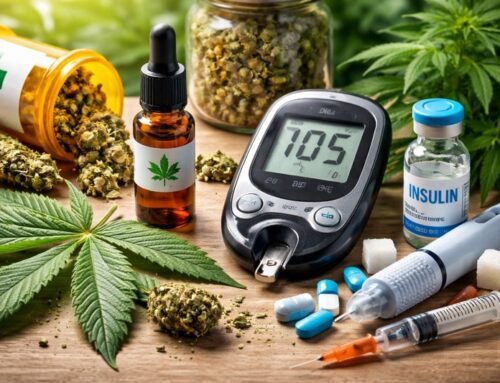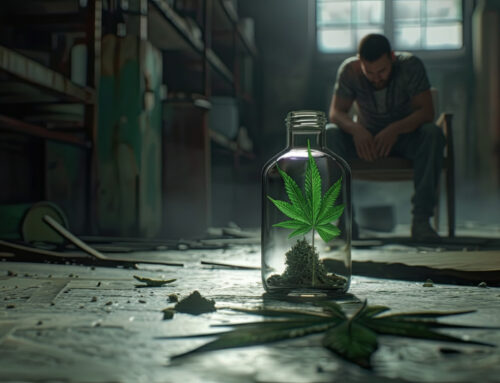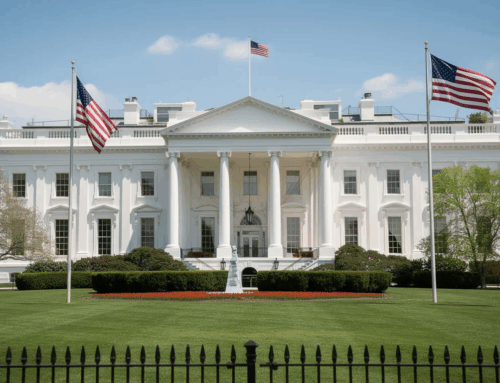Welcome to your guide for Cannabis slang for medical marijuana. This quick reference will help you decode the slang people use while talking about medical marijuana, weed, etc. We hope you’ll find something useful, whether you’re curious about the plant or looking for wellness tips.
We’ll cover popular terms like “joint” and “spliff” plus dive into the different kinds of cannabis and the scents they give off.
You must be aware that if you’re planning to use medical marijuana, you must first consult a cannabis doctor. Understanding the slang is part of being informed. Groups like Recovery Village teach the language of the plant so they can better help anyone who’s sorting out their relationship with drugs.
Why Cannabis Slang Matters
Cannabis slang serves a purpose beyond amusement—it is essential in the framing, narrating, and sharing of cannabis use. Culture helps people come together. It can help new people feel welcome and foster trust between doctors and patients. This includes things like folk songs and activities at the library.
Words like “loud,” “zaza,” and “dank” provide information about the cannabis strain’s effect and quality. A cannabis physician who hears “fire preference” or “couch-lock avoidance” knows the patient’s goals and can recommend better options.
Understanding drug slang is imperative for professionals dealing with recovery from substance misuse and centres dealing with it, such as The Recovery Village, since it helps identify possible misuse of cannabis. With mental illness or substance abuse, often, words reveal much about a person’s actions.
Common Nicknames for Cannabis
The plant itself has dozens of nicknames, each with unique cultural backgrounds:
- Weed – Most common term in casual use
- Pot – Older slang, still widely recognized
- Mary Jane – Playful twist on “marijuana”
- Ganja – It is mostly popular in reggae and Caribbean culture
- Bud / Herb / Flower – This is the part of the plant that people can smoke.
- Zaza – Slang for high-quality or unique cannabis strains.
- Dank / Chronic – It has a strong, sharp smell and is high-quality and potent.
Knowing these terms improves your ability to communicate preferences when seeking products or consulting a medical marijuana doctor.
Understanding Quality: Slang for Potency and Grade
Describing Good or Bad Weed
Not all cannabis is created equal. Here’s how slang helps describe grade cannabis:
- Fire / Gas / Loud – Expressing that the cannabis is potent and its effects are strong
- Sticky icky – Describes a cannabis flower that is abundant in resin and aromatic.
- Brick weed – A term used for a cannabis that is of low quality and has been poorly stored and compressed
- Skunk – A term that has both positive and negative connotations for cannabis, with a strong smell often pungent in nature
Slang terms let you describe precisely what you want. For example, someone with an MMJ card might request “loud flower” to relieve pain without needing to explain potency levels scientifically.
Popular Phrases for the Effects of Cannabis
How Slang Describes the High
There are different ways that cannabis can make a person feel, and these are some of the ways it can be described:
- Baked, Blazed, and Zooted- Indicates a person is noticeably high.
- Stoned- A more sluggish and heavier sensation
- Elevated, Relaxed, and Spaced out- Convey emotions clearly and with precision.
- Maintain a confident posture and feel physically relaxed—Uses the differentiation of mental stimulation and physical relaxation.
Using these terms can help you talk to a cannabis doctor who can tell you what cannabis strain or cannabis product will best work for you, for example, focus during the day or sleep at night.
Slang About Consumption Methods
Cannabis use isn’t just about what you smoke—it’s how you smoke it. He’s the terminology:
- Joint – A cannabis cigarette
- Spliff –A mix of tobacco and cannabis is often called a “spliff” when rolled into a joint.
- Blunt – Wrapped in a cigar, it is larger and burns more slowly.
- Bong – A pipe that cools smoke with water.
- Vape – A vaporizer for flower or concentrate
- Dab – A small amount of concentrated cannabis, used with a hot surface
- Hotbox – Filling a small area with smoke for intense effects
- One-hitter / Chillum – Small pipe for discreet use
Laughing under the influence at a party or getting a prescription for migraine medication, knowing some of the common vocabulary around cannabis will help you discuss what you desire. You can exchange your favourites, make probing inquiries, and learn what you are importing with the correct vocabulary.
Cultural Importance of Slang
Slang is a cultural, historical, and rebellious thing. Other names have more than mere name-sake: they are used to indicate identity, tradition, and even political movements:
- 420 – Universally recognized code for cannabis use
- Dagga – Term used in South Africa
- Zaza – Popularised in music and urban culture
- Gardening – Code for cannabis growing on social platforms
By learning these expressions, you stay in touch with evolving cannabis culture while understanding the roots of global cannabis use.
Slang in Medical Cannabis Settings
Clinical Relevance of Slang
Even in a clinic, a little street talk can build trust between patient and doc. Visiting a medical marijuana doctor? These lines:
“I want something that won’t glue me to the sofa.”
“I need a powerful strain that keeps my head clear.”
Speaking this way keeps the chat relaxed, yet the information lands. Please determine what you need, whether it’s for treating a jumpy mind, constant aches, or restless nights.
Knowing the right terms also pays off when signing up for or renewing your MMJ card. Saying what type of medicine you prefer shows you’re in tune and helps the clinic write a better recommendation.
Mental Health, Recovery, and Slang Awareness
The Role of Language in Treatment and Prevention
Knowing drug slang can help caregivers and families spot when someone may have a problem with substance abuse. T s may mean overuse when one mentions the concept of being blazed or chasing dank.
Facilities like Recovery Village educate staff on slang so they can intervene effectively. At the same time, cannabis users seeking support for mental health can use slang to explain how different products make them feel or behave.
This is where the cannabis slang guide proves truly valuable—not just for users, but for those around them..
Real-Life Examples of Cannabis Lingo in Use
At a Dispensary:
I’m looking for a loud indica that’s hard-hitting without causing couch-lock.
This tells the budtender that you are interested in something substantial and quality, not sleep-inducing.
Under Medical Professional:
I have been smoking dank flower at night, but it is beginning to have me feeling too stoned.
Your cannabis doctor can now recommend something lighter or suggest another route, like vaping or low-THC cannabis products.
Final Thoughts: Language as a Tool for Empowerment
In this article, we have discussed the fact that cannabis is not just some kind of carefree jargon; it creates cultural identity, health discourse, and recovery groups. These are terms and descriptors that inform us of what type of cannabis we are using and what effects we can anticipate, as well as how to compare quality. To create connections between peers, health care professionals, and recovering persons.
Once you know what a “joint” is compared to a “blunt” or what “loud” and “brick weed” are all about, you are in a better position to have honest conversations. In recovery and mental health, these terms can spotlight behaviour patterns that otherwise slip under the radar.
In a nutshell, learning cannabis slang would enable us to understand each other better, keep folks out of harm, and facilitate healthier and wiser decisions.
FAQs
1. Why is it important to know cannabis slang?
Cannabis slang helps you understand what people mean when they describe strains, effects, or quality. Words like “loud” or “brick weed” give quick clues about potency and grade. Knowing slang also makes conversations with doctors, dispensary staff, or friends easier and more accurate.
2. What do terms like “loud” or “dank” mean?
“Loud” and “dank” both describe high-quality, strong-smelling cannabis. They usually signal potent strains that deliver noticeable effects. If someone asks for “loud flower” at a dispensary, they want cannabis that is powerful and aromatic, often used by medical marijuana patients who need stronger symptom relief.
3. What’s the difference between a joint, blunt, and spliff?
A joint is simply cannabis rolled in thin paper. A blunt uses a cigar wrap and usually burns longer. A spliff mixes cannabis with tobacco in rolling paper. Knowing these terms helps you understand how people prefer to consume cannabis and what type of effect they want.
4. How does slang help in medical cannabis settings?
Patients often use slang to explain how they feel. Saying “I don’t want couch-lock” tells a cannabis doctor you’re avoiding sedating strains. Using familiar terms makes communication clear, comfortable, and less intimidating, while still giving the doctor enough detail to recommend the right product or dosage.
5. Can cannabis slang be useful in recovery and mental health?
Yes. Recognizing slang can help caregivers, families, and professionals notice patterns of use or misuse. For example, someone talking often about being “blazed” may be overusing. Recovery centers teach slang so staff can identify problems early and connect better with patients seeking support or treatment.





